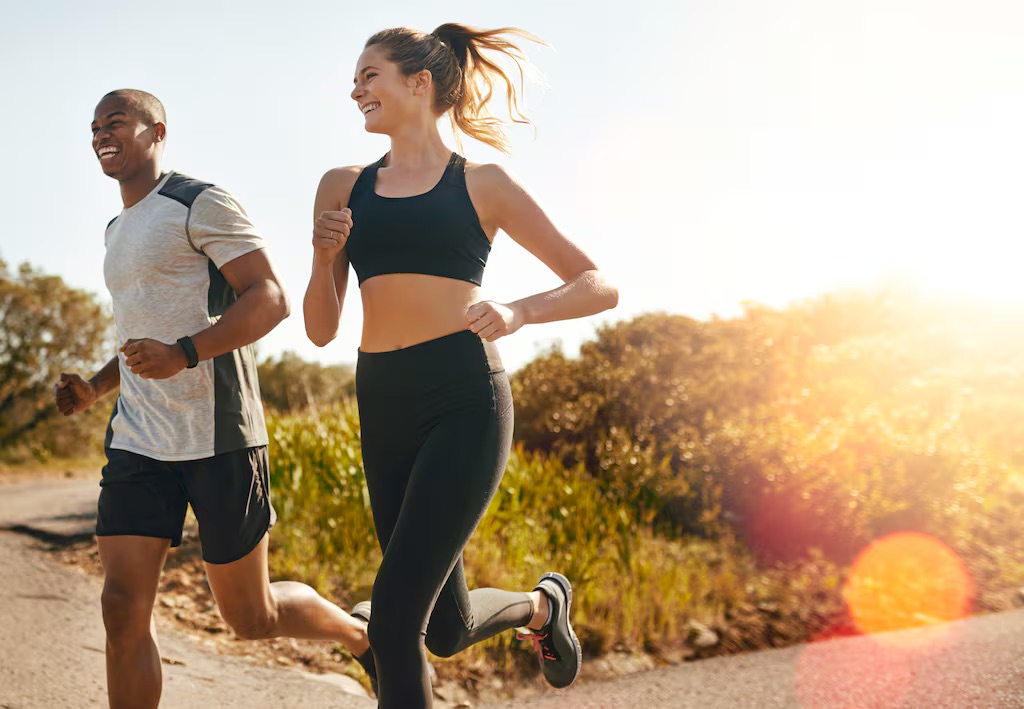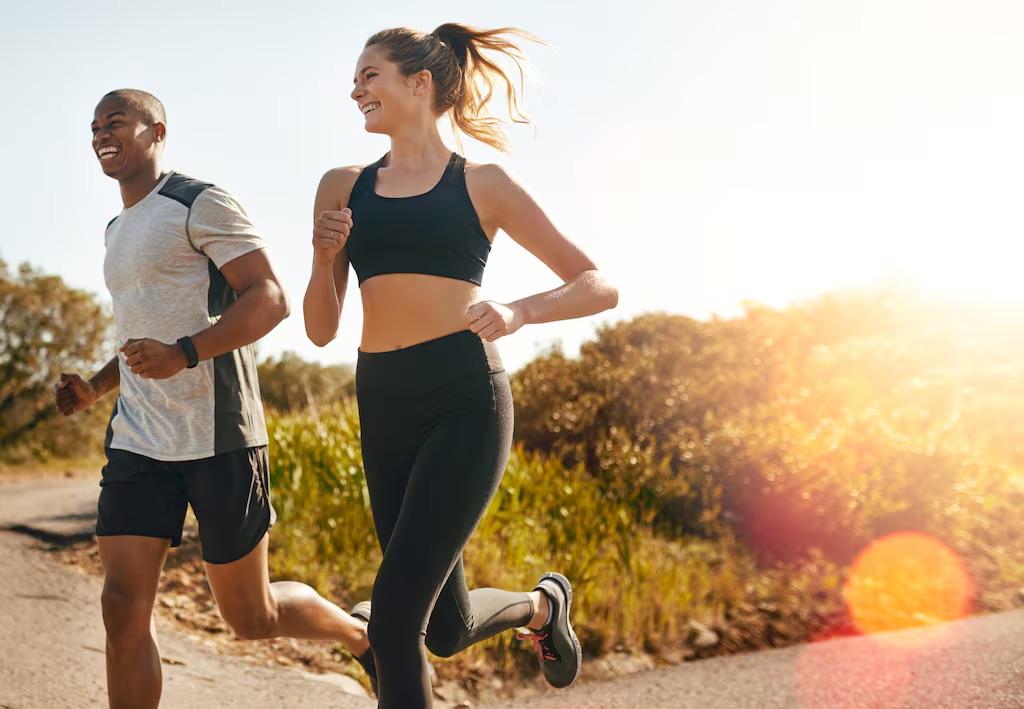Exercise is not just a tool for fitness—it is a cornerstone of modern medicine and longevity. The science is clear: physical activity triggers profound biochemical, cellular, and systemic changes that reduce disease risk, enhance quality of life, and even extend lifespan. Whether you’re running, lifting, stretching, or simply walking, every bit of movement contributes to a longer, healthier life.


The Cellular and Systemic Benefits of Exercise
- Metabolic Regulation:
Exercise improves insulin sensitivity and blood lipid profiles, lowering the risk of metabolic disorders like type 2 diabetes and cardiovascular disease. Running, for example, has been linked to improved biomarkers of insulin sensitivity, lipid metabolism, and inflammation, with benefits varying by BMI, gender, and intensity. - Anti-Inflammatory Effects:
Regular activity reduces systemic inflammation by modulating cytokines, enhancing the body’s ability to combat chronic diseases and age-related decline. - Mitochondrial Health:
Physical activity promotes mitochondrial biogenesis, improving energy production and cellular resilience. This is particularly critical for slowing cellular aging. - Telomere Lengthening:
Exercise protects the protective caps of chromosomes, known as telomeres, which are markers of biological aging. This is a key mechanism through which exercise extends healthspan. - Neurogenesis and Cognitive Health:
Exercise stimulates the production of brain-derived neurotrophic factor (BDNF), supporting the growth of new neurons and enhancing cognitive function. It also improves blood flow to the brain, reducing risks of neurodegenerative conditions like Alzheimer’s disease.
Tailored Exercise for Different Life Stages
- Resistance Training in Older Adults:
A multicomponent exercise program, including resistance training, significantly reduces hospitalizations and care costs while improving gait, balance, and strength in adults aged 80+. These findings emphasize that exercise should be a priority for healthy aging. - Aerobic and High-Intensity Exercise:
Aerobic activities improve cardiovascular health, while high-intensity interval training (HIIT) boosts mitochondrial function and insulin sensitivity in less time. Even small doses of intense exercise yield substantial benefits. - Flexibility and Balance:
Activities like yoga or Pilates reduce fall risks in older adults and improve overall mobility, an often-overlooked but essential component of longevity.
Practical Insights: Small Changes, Big Impact
- Consistency Over Perfection:
You don’t need to run marathons to reap the benefits. Studies show that even light daily exercise, such as walking, significantly enhances lifespan and reduces mortality risk. - Sleep and Exercise Synergy:
Anecdotal evidence suggests that individuals who exercise regularly are more resilient to the effects of occasional sleep deprivation. While adequate sleep is essential for recovery, exercise can mitigate its negative effects. - Adaptation and Personalized Plans:
Exercise isn’t one-size-fits-all. Personalized approaches, accounting for individual health, age, and goals, optimize outcomes. This is particularly true in contexts like nursing homes, where tailored programs can prevent functional decline and reduce healthcare costs.
Key Research Highlights
- Running Biomarkers:
Running improves insulin sensitivity, inflammation, and lipid metabolism, with the extent of benefits influenced by factors like BMI and exercise intensity. This underscores the importance of understanding individual responses to activity. - Resistance Training Benefits:
Incorporating strength training into routines combats sarcopenia (muscle loss) and improves metabolic health, making it indispensable for aging populations. - Cost Savings in Healthcare:
Resistance programs for institutionalized adults aged 80+ reduced monthly care costs by over €300 while improving quality of life and independence.
Exercise: A Prescription for Health and Longevity
Exercise is medicine in every sense—impacting everything from cellular health to systemic disease prevention. Its ability to enhance insulin sensitivity, reduce inflammation, and improve mitochondrial function makes it a vital tool in combating aging and chronic illness. Whether you’re just starting or refining your routine, any movement is a step toward better health.
Remember: It’s never too late to begin, and even small, consistent efforts can yield profound results. Whether you’re lifting weights, going for a run, or simply walking daily, you’re not just improving fitness—you’re investing in a longer, healthier, and more vibrant life.

